The Big Picture: Oceans and Optimism under Climate Change
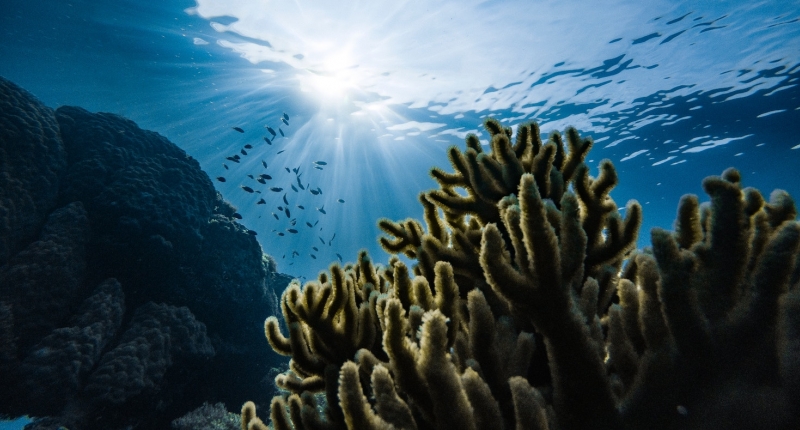
The Big Picture is a series to showcase big insights from synthesis for addressing global challenges.
Sea-level rise, unprecedented species decline, acidifying oceans: It is certainly overwhelming to try to fathom how one of the biggest challenges of our time, climate change, is impacting one of the biggest things on Earth, oceans. Sorry, I may have already depressed you.
The flipside of science’s ability to present us with the magnitude of these challenges is its ability to point to ways we can address them. And doing so requires getting the big picture, a holistic and generalizable perspective on complex problems and solutions, which is often what decision makers need to design policies and practices that will sustain marine resources and ensure ocean-dependent ecological and human communities can handle climate impacts.
Synthesis research gives us the ability to zoom out, and with World Ocean Day on June 8th – and the whole month’s designation as National Ocean Month in the United States – we’re highlighting ways synthesis is helping us actualize that flipside.
To do this, we turned to a handful of ocean experts from current and former synthesis working groups at NCEAS. They’re helping us kick off a series of virtual “roundtables” that aim to reveal how the big picture through synthesis is creating big knowledge that can help humanity and nature thrive in a changing world.
The participants of this roundtable include Emily Darling of Wildlife Conservation Society and Georgina Gurney of James Cook University, who are leading a working group that is getting the big picture on the outcomes of ocean conservation to guide management; Mary Ruckelshaus of Stanford’s Natural Capital Project, who has been part of several working groups with results that have supported ocean management and policy; David Johnson of the Virginia Institute of Marine Science, who brings his expertise in salt marshes to a working group that is aggregating long-term data to better predict how plant communities will respond to climate change; and Melissa Poe of Washington Sea Grant, an anthropologist who worked on the Ocean Tipping Points project to help pinpoint social factors important for keeping coastal communities resilient to cumulative changes. Their responses have been edited for length and clarity.
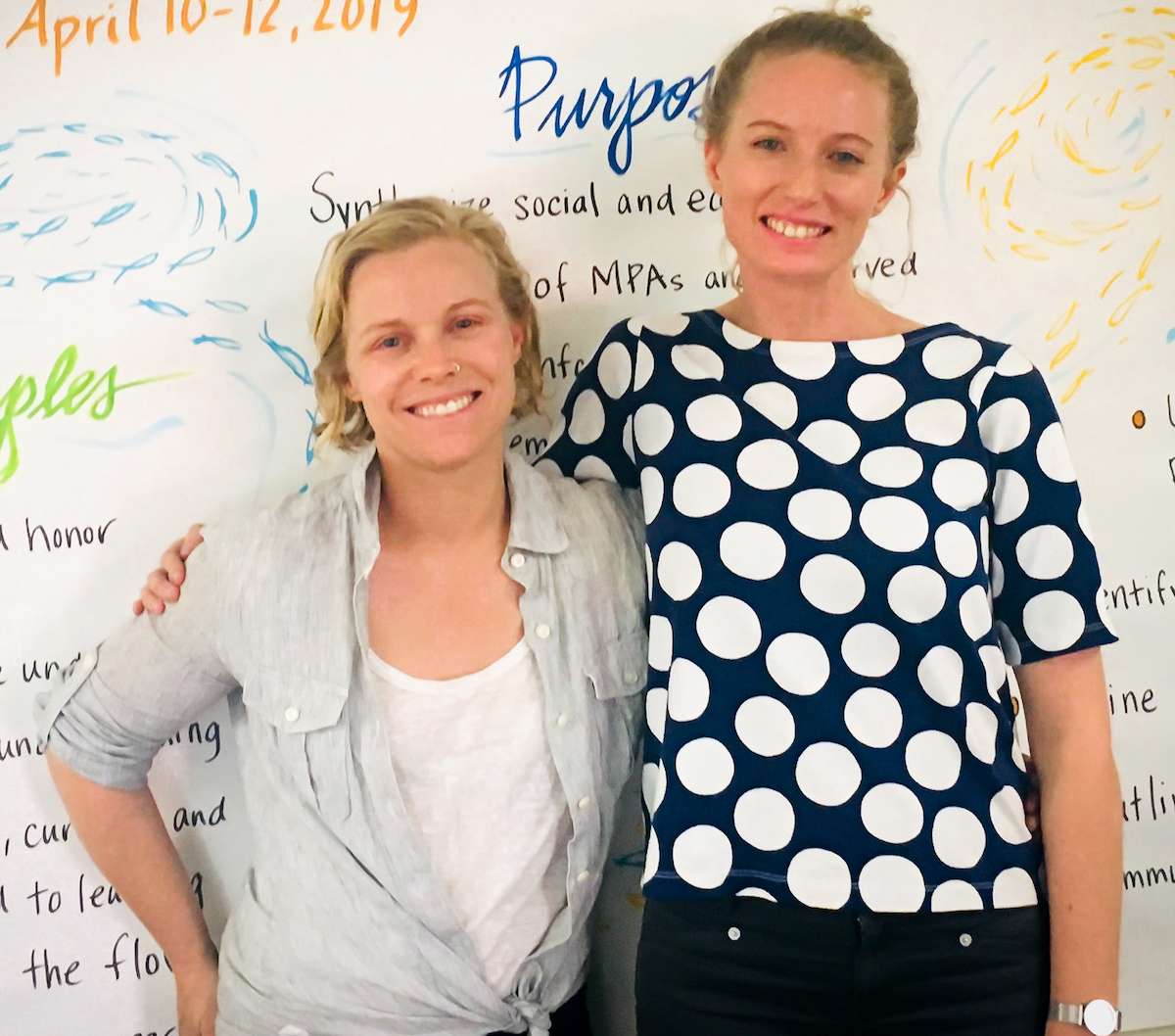
How does your synthesis research help oceans under climate change?
Darling and Gurney: Local management can play an important role in helping coastal communities and ecosystems cope with a changing world, but management has to be effective and equitable. So, what works? Surprisingly, the big-picture answer to this question is missing a global synthesis. Our working group is looking at Marine Protected Areas (MPAs) and other effective area-based conservation measures, known as OECMs, including community-based or co-management approaches, to understand how different types of marine management are effective and equitable. Ultimately, tackling the impacts of climate change requires urgent reductions in global greenhouse gas emissions and strategically improving how we manage marine resources from local to international scales. We need more win-wins for nature and people by ensuring that local management can achieve multiple outcomes.
Ruckelshaus: I was fortunate to be part of the team that conducted the first systematic evaluation of the evidence for the effectiveness of Marine Protected Areas (MPAs). Our work gave rise to greater advocacy for MPAs worldwide, as well as a more realistic sense of what marine conservation objectives are attainable with MPAs to aid their siting and design. I also participated on a team that pulled together everything known about the impacts of coastal restoration into databases, which we developed with and for state, federal, and NGO groups working under the U.S. RESTORE Act to prioritize the locations and design of coastal restoration projects for adaptation to sea-level rise and coastal storms.
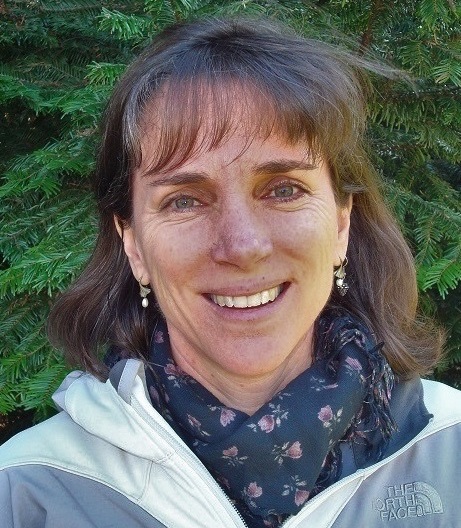
Johnson: My work at NCEAS is mostly terrestrial, but is relevant to our oceans. We’ve looked at how changes in carbon dioxide levels and rainfall, which are influenced by climate change, may change the number of plant species in grasslands – salt marshes, what I study, are simply grasslands that are wet and salty. Looking at multi-year experiments across the nation that had a treatment and a control, we found that, surprisingly, in many experiments the control plots changed more than the treatment plots. The reason for this is that the environment where those experiments were conducted was changing due to climate impacts. What this means is, when we conduct experiments in the field, the environment itself may be changing more than our experimental treatments – whether it is temperature, acidity, or salinity – which argues for the value of long-term and global datasets for understanding climate impacts.
Poe: Synthesis research projects are enhanced by considering multiple ways of knowing to create a richer understanding of ocean ecosystems, impacts of change, and potential pathways to adapt. The Ocean Tipping Points project had a focus on Pacific herring in Haida Gwaii, British Columbia. These important forage fish—a cultural keystone species for the Haida people—have been slow to recover in the decades following intensive commercial fishing. Insufficient abundance of herring creates a challenge for maintaining Haida cultural practices and accessing this important food. Our team of ecologists, modelers, fisheries managers, anthropologists, and First Nations Indigenous knowledge holders brought their unique bodies of knowledge together to better understand the complexity of ecological and social variables hampering herring recovery and which create tipping points. In the case of climate-driven tipping points, herring population growth has increased in years of cold ocean temperatures and decreased in warm years. Disregard for the importance of places for traditional harvest and cultural activities creates another tipping point. For example, working with community collaborators, one of the many things we came to understand is that it is important to consider habitats with social value, such as kelp, which is sensitive to climate change. Herring deposit their eggs on kelp, and the Haida people harvest “spawn on kelp” as a traditional food called k'aaw. Given climate uncertainties, protecting herring systems will require that we work together and embrace diverse values.
What is the next big-picture question we need to explore to understand how ocean ecosystems – and the human communities that rely on them – can thrive under a changing climate?
Darling and Gurney: What kinds of management strategies can help sustain the wellbeing of ocean ecosystems and the human communities that depend on them in the face of climate change? We focus on a "transdisciplinary process," in which the people who negotiate international policies or are involved in on-the-ground practice work together with biological and social scientists to co-develop research questions and approaches. This ensures that our final products, and our work along the way, are specifically targeted to what is needed for policy negotiations or on-the-ground management.
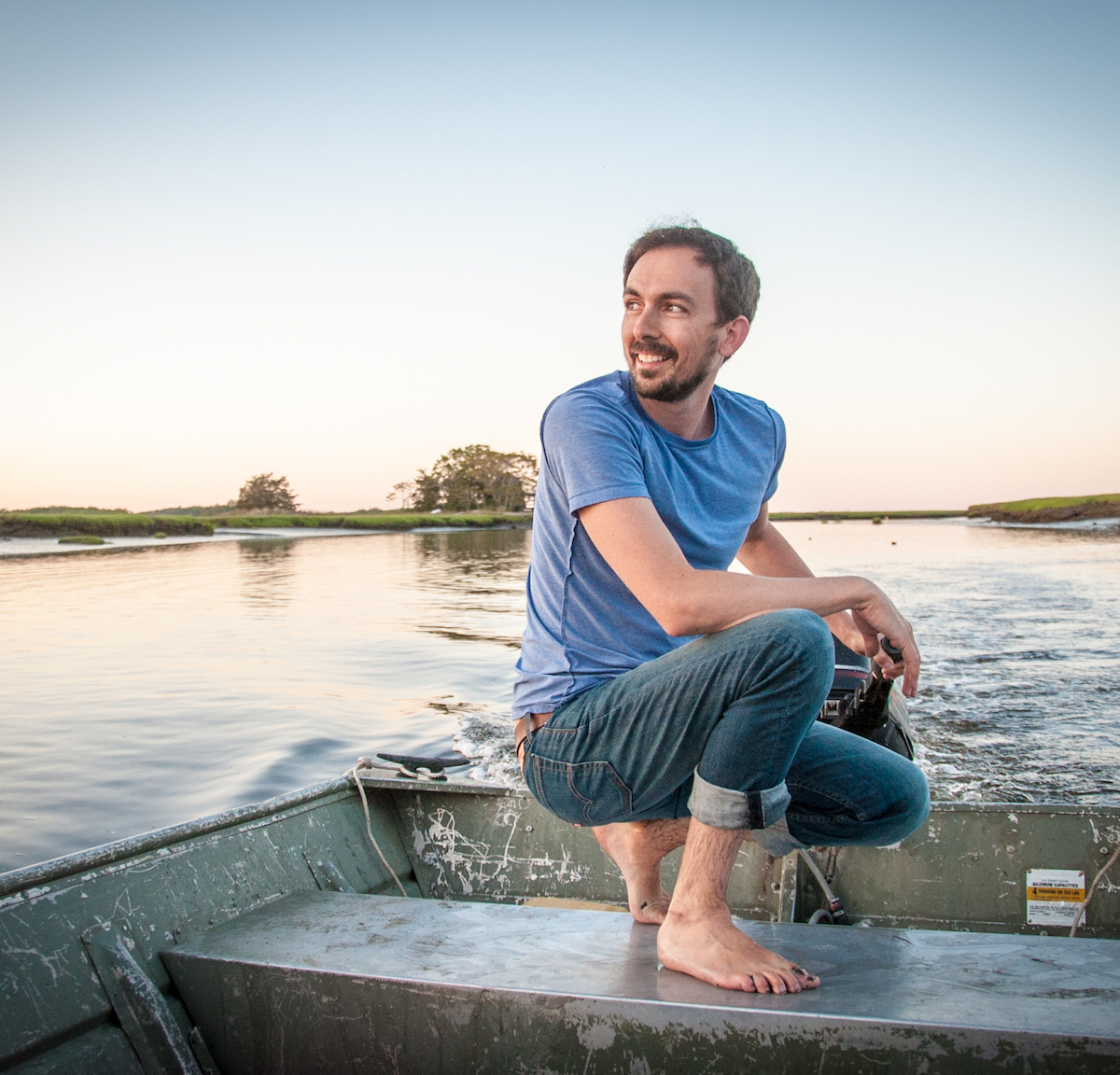
Ruckelshaus: My question is in a similar vein: What key lessons can we learn from existing management or policy innovations that can provide guidance for alternative pathways to a more sustainable ocean system? Innovations could include governance, finance, and local management interventions – such as rights-based fishery management, marine spatial planning, and supply chain tracking – and the resulting outcomes for marine species and habitats, and human livelihoods, health, and safety.
Johnson: In 2014, I stood on the bank of a salt marsh an hour north of Boston when I saw a male fiddler crab. I was shocked because I was 50 miles north of their supposed northern limit, Cape Cod. This part of the ocean was supposed to be too cold for fiddler crabs. They had migrated north because the ocean is heating up. As the ocean heats up, marine organisms are finding new zip codes and abandoning old ones. So my question is, does the redistribution of species throughout the world because of ocean heating represent an ecological or economic crisis? While we have documented thousands of species worldwide who have moved into or out of marine habitats due to ocean heating, we don’t know what it means for marine ecosystems and coastal economies as new species arrive or old species leave.
Poe: Some of our biggest societal and ecological problems, and where collaborative science can focus on going forward, are issues of equity: Who benefits and who loses most as the ocean changes? Are the values of distinct place-based communities incorporated into syntheses? Are data calibrated at the right scales and appropriate social units (individual, family, county, nation) to determine the distribution of hazards and benefits to communities? In our Ocean Tipping Points research, women and, specifically, older Haida women faced the greatest losses under degraded herring scenarios, especially in spawn sites near their communities. Understanding the biological changes is only the starting place. We need to know who is impacted, how they are impacted, and what resources are available for them to cope and act.
What about science today gives you hope that we can find viable solutions for healthy oceans and coastal communities under climate change?
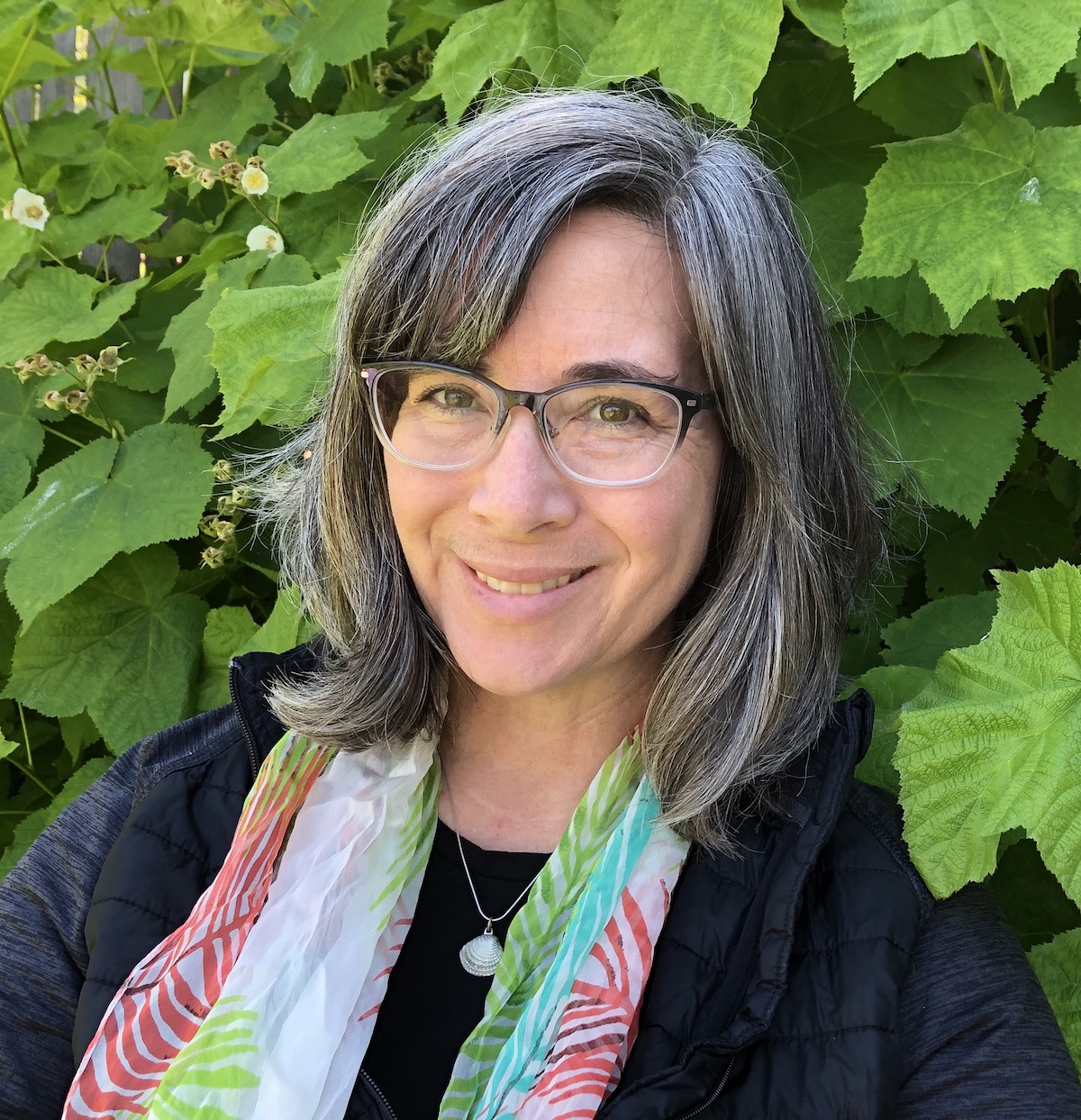
Darling and Gurney: There is a real feeling that we are running out of time. But from that urgency, science is increasingly addressing real-world problems and employing a diversity of perspectives in collaborative approaches. We are inspired by new leaders and new voices who are stepping up to provide these diverse perspectives and solutions. We recognize the importance of leadership from diverse sectors of society, including across genders, age groups, ethnicities, and knowledge systems. Scientists are working hard to create these spaces for collaboration and diversity, which is where we believe we’ll find new solutions towards a better future for our oceans, and for humanity.
Ruckelshaus: The existing bright spots give me hope. There is evidence of resilient systems and restoration success, for example fisheries and coastal systems that have recovered after we have removed human impacts, such as Atlantic sea scallops, Tampa Bay’s water quality and seagrass recovery, and the positive impacts Marine Stewardship Council certification has had on fishery health. Also, I am hopeful because of the growing practice of science-policy decision processes that are focused on stakeholder engagement to co-develop solutions with multiple social and biophysical benefits, such as the successes in coastal planning that have occurred in Belize.
Johnson: Seagrasses are returning to Chesapeake Bay because we reduced nutrient pollution. The populations of sea turtles and whales are rebounding. The state of Maine just banned Styrofoam containers, which reduces trash in our oceans. These are examples of what gives me hope. I’m optimistic because, in the past, scientists have convinced politicians and society to act. I have seen what we can do, and I know we can fix [the climate crisis].
Poe: Integrated social-ecological synthesis can help us address challenges of climate inequity and identifying tipping points, and indeed more and more teams are starting to do it. That gives me hope. One of the more promising developments in applied ocean science today is the commitment to true engagement and collaboration – starting from problem framing through to strategic actions – that includes not only interdisciplinary scientists but also, and importantly, local knowledge holders, harvesters, practitioners, and decision-makers from a variety of relevant agencies and communities.
